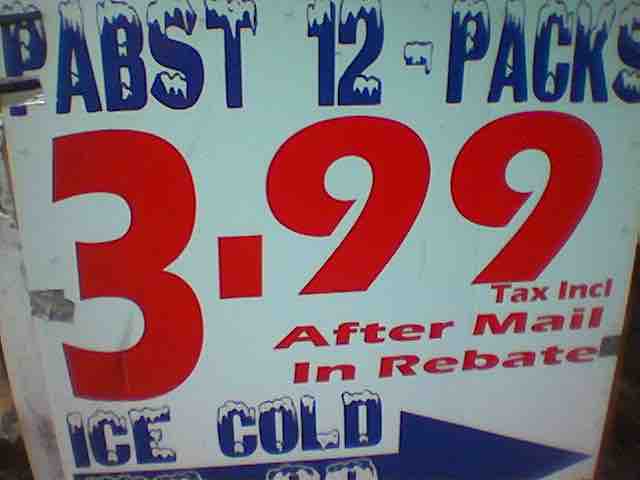Introduction
A rebate is an amount paid, by way of reduction, return, or refund on what has already been paid or contributed. It one of the sales incentives promotion marketers use to supplement product sales.
The mail-in rebate (MIR) is the most common.
Rebates are offered by either the retailer or the manufacturer of the chosen product. Large stores often work in conjunction with manufacturers, usually requiring two or even three separate rebates for each item. Manufacturer rebates are sometimes valid only at a single store. Rebate forms and special receipts are sometimes printed by the cash register at time of purchase on a separate receipt, or available online for download.
In some cases, the rebate is available immediately, in which case it is referred to as an instant rebate. Some rebate programs offer several payout options to consumers, including a paper check, a prepaid card that can be spent immediately without a trip to the bank or even PayPal payout.
Rebates are heavily used for advertised sales in retail stores in the United States. In the UK, rebates are less common, with manufacturers and retailers preferring to give discounts at the point-of-sale rather than requiring mail-in or coupons. However rebates are sometimes given in the form of "cashback offers" for mobile phone contracts or other high value retail items sold alongside a credit agreement.
Rationale Behind Rebates

Beer Rebate
Unlike coupons, customers must mail the rebate to the manufacturer to get their money back.
- Rebates are arguably more effective selling tools than sales or instant discounts because with rebates consumers pay the full price for the product up front and associate the higher price product as one of greater quality.
- Rebates are more flexible and can be turned off and on more easily than a sale or instant discount which tends to lower the perceived value of a promoted product.
- The information given in the rebate form, such as name, address, method of payment, can be used for data mining studies of consumer behavior.
- The information can be used as evidence of a pre-existing business relationship for marketing purposes, such as 'do not call' lists.
- Rebates offer retailers the benefit of giving customers a temporary discount on an item, to stimulate sales, while allowing it to maintain its current price point.
- Rebates allow companies to "price protect" certain product lines by being selective in which models or brands to be discounted.
- During the turnaround time, the company can earn interest on the money.
- If the turnaround time crosses into the next fiscal year or quarter, a rebate offer can inflate sales in the current period, and not have to be accounted for until the next period and then it could be attributed as a cost reducing sales or expense for the next period.
- Not all buyers will meet the criteria to receive the rebate. Companies often require the original UPC barcode, receipt, and additional information, which a buyer may forget to include when redeeming the rebate. Companies almost always add other caveats to the rebate as well, such as the redemption having to be postmarked by a certain date. It works in the company's favor if buyers do not act quickly to redeem.
- New companies that want to break into a market can offer substantial rebate savings on their new product as a means of capturing a customer's attention. Zeus Kerravala, vice president at the Yankee Group, has said "For companies that haven't been in a particular market, the rebate that essentially refunds the customer's money is a great way to get people to pay attention to them. This is especially true in consumer electronics, where brand name does matter. It's a good way to get customers to take a chance on a new brand. "
Benefits and Costs for Consumers
Rebates may seem to offer customers lower pricing. Deal hunter sites frequently tout the benefits of rebates in making technology affordable. According to 2011 research, 47% of consumers submitted a rebate within the past 12 months; whereas similar research conducted in 2009 showed that only 37% of consumers had submitted a rebate in the preceding year. Still, rebates take a certain amount of time and effort from the consumer - figuring out the rules, filling out the forms, preparing and dropping off the mailing, cashing in the check, keeping track of the paperwork while this is being done. Thus, a rebate can be thought of as being paid to do this paperwork and provide one's personal data to the company. Chances of rebate mailing being lost or failing some criteria may further reduce the expected return on this effort. Consumers who are aware of this, and who value their time, effort and opportunity costs above the value of the rebate, may choose to ignore a non-instant rebate that requires such procedures and assume the out-the-door price when considering the purchase. On the other hand, if the consumer does not mind these obstacles and is more concerned with the price than their time for any reason, the rebate may be seen as a deal.